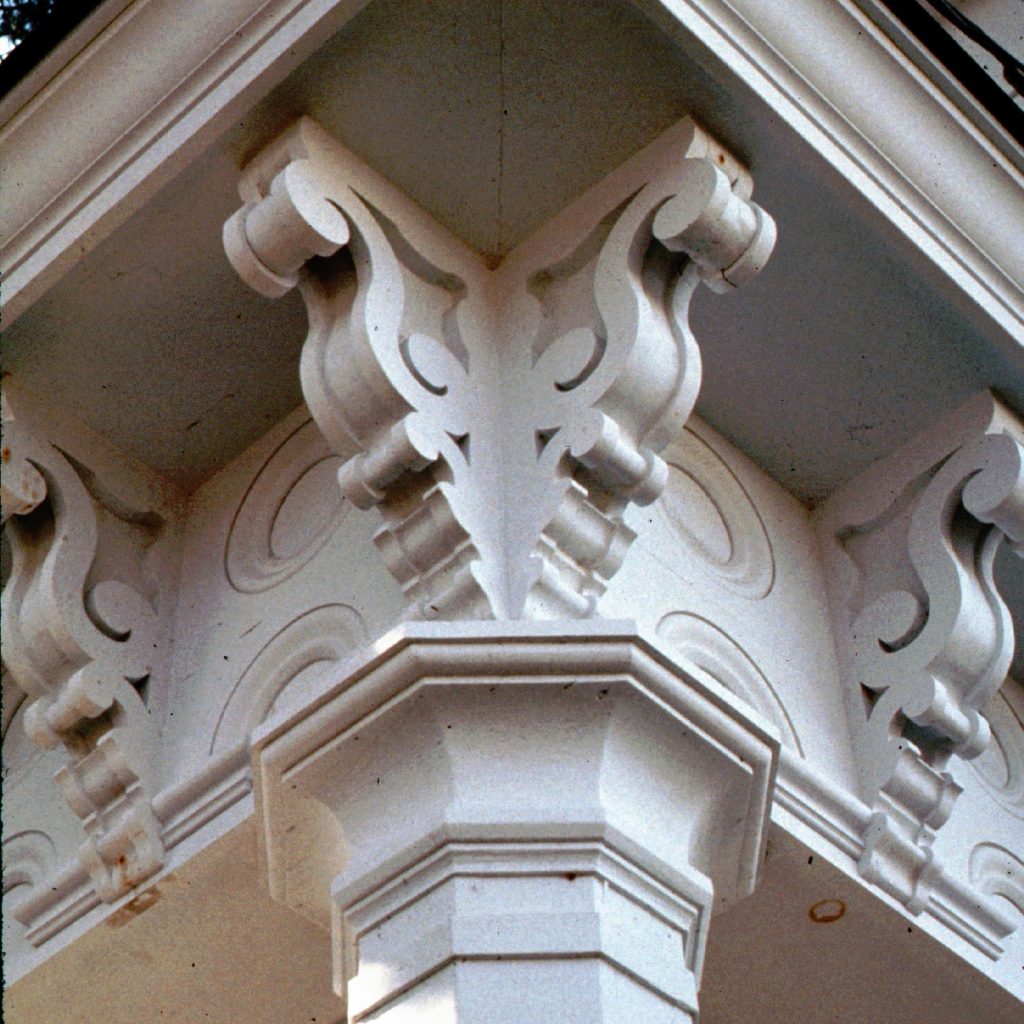Municipality: Commercial
Category: Residence, Single-Family
Mauricetown is nestled about ten to twelve miles north from the mouth of the Maurice River. The written history of the region goes back to the 1600s when the Dutch, not the English, controlled the region. A map of “Nieuw Nederlandt,” as the region was called, published in Amsterdam in 1676, includes references to the Zuyd Revier, or South River, as the Dutch called the Delaware River, and marks very distinctly the entrance of the Maurice River into the bay, and names it Mauritius Revier. The name references Maurice, Prince of Orange, royalty to the Dutch. The name was later Anglicized to Maurice River.[/vc_wp_text][/vc_column][vc_column width=”2/3″][mk_image src=”https://explorecumberlandnj.com/wp-content/uploads/2016/03/college7.jpg” image_size=”large” align=”center” crop=”true”][/vc_column][/vc_row][vc_row padding=”0″][vc_column][vc_wp_text]The town itself was settled slowly, first consisting of a few simple houses and a tavern. However, in 1810, three enterprising brothers by the name of Compton arrived from New England and began laying out streets and building lots to sell. Each of the brothers had homes built on Front Street. Edward Compton was born in 1836 in Mauricetown, in what at the time was an area referred to as Downes, later to be split into Downe and Commercial Townships. It is interesting to note that the names Downes and subsequently Downe Township was named after Governor William Franklin’s wife’s maiden name, Downes. Governor Franklin was the last Colonial Governor of New Jersey (1763-1776), and was the acknowledged illegitimate son of Benjamin Franklin. Franklin married Elizabeth Downes in 1762 and she died in 1777 while her husband was imprisoned as a Loyalist during the Revolutionary War.
Edward Compton was a ship captain in the oyster industry. The primary commodity for the region, oysters and oystering were making millionaires out of the ship captains who were involved in the trade. Many of the grandiose houses in town, with their gingerbread decor were the homes of captains who wanted to express through architecture their new-found wealth. The Edward Compton house is an excellent example of this intent. The house, built in 1864, is in the Victorian Italianate style. Popular in England in the early 19th century, the Italianate style, with its lavish details, wide columned porches and monumental entrances reached its peak along the East Coast of America in the 1860s.
The house itself includes a large veranda extending across the entire front facade with four hexagonal pillars and ornate brackets. The wrought iron fencing along the front of the property is original and the interior of the house continues the ornate decor with plaster molding and medallions on the ceilings. The house was the residence of Edward Compton for only six years, as he died in 1870. The Compton family sold the house in 1887. The Mauricetown Historical Society purchased the property in 1984 and spent the next 25 years meticulously restoring it to its original grandeur. The property now also includes the reconstructed cookhouse and a “Stackhouse” dating from 1830 which was moved to the property in 2005.

